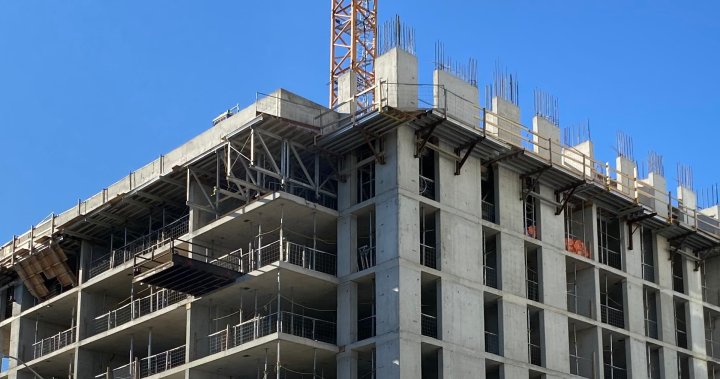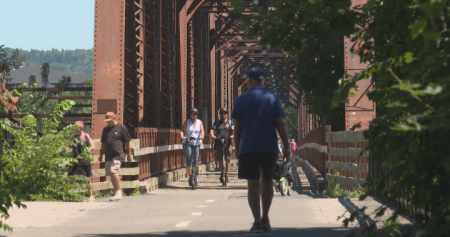The proposed housing development in the core of Hamilton has sparked controversy and ended up before the province’s land tribunal, much to the frustration of local councillor Maureen Wilson. The project, which consists of two residential towers of 41 and 39 storeys at Queen and Napier streets, has faced opposition from critics who deem it as an “overdevelopment.” Concerns have been raised about the impact on the historic neighbourhood, including issues such as wind impacts, shadow impacts, and traffic impacts. Developer Vrancor has made multiple design changes in response to feedback but ultimately decided to appeal to the Ontario Land Tribunal (OLT) after failing to reach a resolution with the city.
Critics, including Shadow Dwellers spokesperson Wayne McPhail, argue that the proposed development goes against the community’s secondary plan, which aims to preserve the Victorian heritage nature of the area. The lack of sun and shadow studies, as well as appropriate setbacks between the neighbourhood and the new buildings, has raised further concerns. McPhail claims that the current design is vastly different from the original four-storey plan presented to the public in 2022 and that the increased height is inappropriate and out of line with the urban Hamilton official plan. Furthermore, he criticized the lack of consultation with the neighbourhood over the new two-tower design and accused Vrancor of cutting out community planners and city experts from the conversation.
Vrancor’s vice-president of investment and strategic planning, Mario Frankovich, defended the development, stating that significant consultation had already taken place when the project was initially laid out in 2017. He explained that the current design of two taller towers of 41 and 39 storeys was determined to provide less shadowing based on feedback from a virtual open house in March 2022. Frankovich also mentioned that the decision to involve the OLT was made out of frustration with the lack of progress and the need to move forward after seven years of planning. The company’s appeal was based on a city Planning Act provision that allows for filing if the city fails to make a decision on an application after 120 days.
The controversy surrounding the proposed housing development highlights the challenges of balancing growth and preservation in historic neighbourhoods. While developers seek to meet housing demands and maximize their investments, concerns from residents and community groups must also be taken into account to ensure that new developments are compatible with the character and heritage of the area. The decision to appeal to the OLT reflects the ongoing struggle to find common ground and reach consensus on development projects that impact local communities. Moving forward, it will be essential for all stakeholders to engage in meaningful dialogue and collaborative planning to address the housing needs of the city while preserving its unique historical identity.
Overall, the proposed housing development in Hamilton’s core has become a point of contention between developers, residents, and city officials. The struggle to find a balance between growth and heritage preservation underscores the complexities of urban development in historic neighbourhoods. While the appeal to the OLT represents a last resort for the developer, it also highlights the need for more effective communication and collaboration between stakeholders to address the housing challenges facing the city. As the debate continues, it will be crucial for all involved parties to work together towards a solution that respects the character of the neighbourhood while meeting the growing demand for housing in Hamilton.















